Mystery Plants
Crazy_Gardener
18 years ago
Related Stories
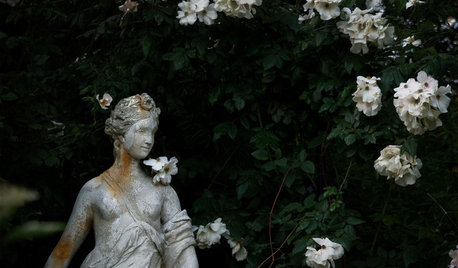
LANDSCAPE DESIGNGet the Mystery of a Gothic Garden for Yourself
Create an enchanting and tranquil scene with the stonework and wayward plantings of Gothic garden design
Full Story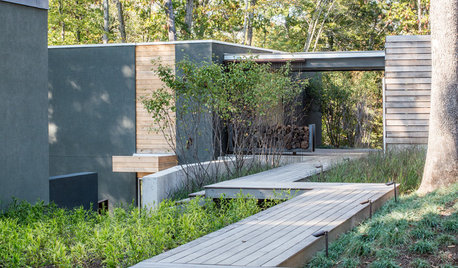
PATHSCreate Garden Mystery With a Zigzag Path
Foster intrigue by setting garden paths at angles ‘yatsuhashi’-style
Full Story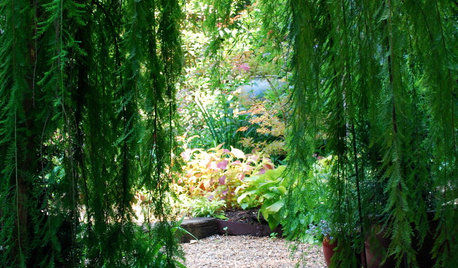
LANDSCAPE DESIGNTo Make Your Garden Memorable, Add a Hint of Mystery
An element of mystique — intriguing gates, an interplay of light and shadow, hidden views — can take your garden to the next level
Full Story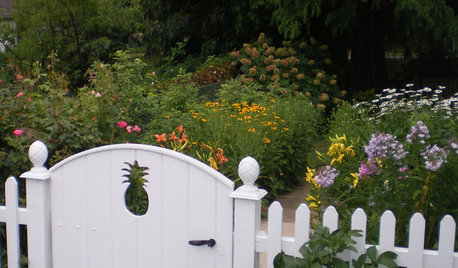
DECORATING GUIDESDesign Mystery: Why Do Pineapples Sprout Up in Home Design?
Early Americans were bananas about pineapples — and we’re still reaping the benefits of the sweet fruit’s symbolism today
Full Story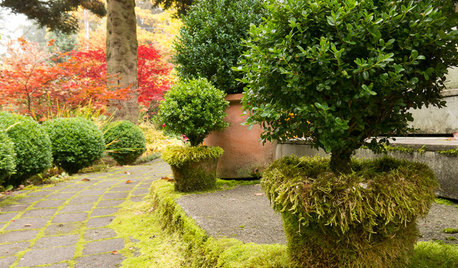
LANDSCAPE DESIGNEvoke Mystery and History With Moss in the Garden
Go ahead, lie about age. Moss on garden statues, planters and pavers creates the beautifully deceptive look of time’s passing
Full Story
CONTEMPORARY HOMESHouzz Tour: An Air of Mystery, Grounded in Practicality
Not all is revealed at once in this new New Zealand home, which balances cocktail chic and family playspace
Full Story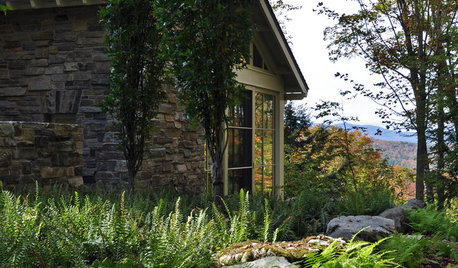
GARDENING GUIDESGreat Design Plant: Athyrium Filix-Femina
If you need a well-mannered plant that shines in the shade, lady fern is for you
Full Story
WINTER GARDENING10 Native Wildflowers to Beautify Your Winter Garden
They stand strong in wind, feed wildlife and are easy to grow. But you may want to add these plants for their looks alone
Full Story
GARDENING GUIDESGreat Design Plant: Snowberry Pleases Year-Round
Bright spring foliage, pretty summer flowers, white berries in winter ... Symphoricarpos albus is a sight to behold in every season
Full Story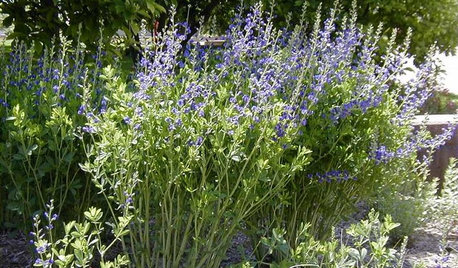
GARDENING GUIDES5 Great Plants for Borders and Screens
Get the effects of a shrub but in less time — and drawing more winged pollinators — with these herbaceous perennials
Full StoryMore Discussions






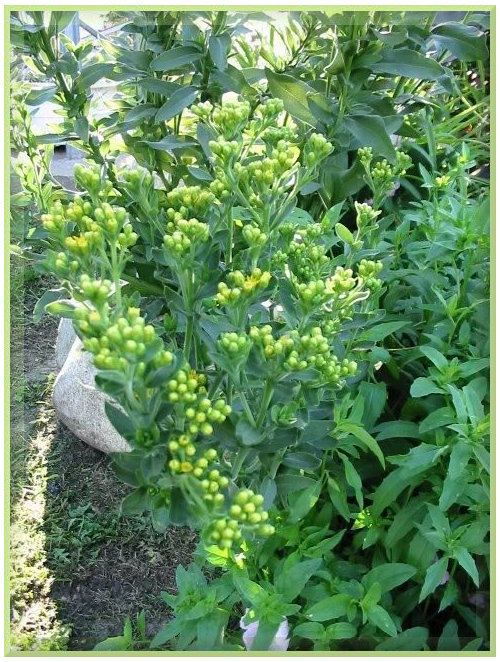
abgardeneer
cailinriley
Related Professionals
Canton Landscape Architects & Landscape Designers · Benbrook Landscape Architects & Landscape Designers · Duarte Landscape Contractors · Eureka Landscape Contractors · Fairview Landscape Contractors · Mission Bend Landscape Contractors · North Chicago Landscape Contractors · Post Falls Landscape Contractors · Royal Oak Landscape Contractors · Everett Window Contractors · Bay Village Window Contractors · Fond du Lac Window Contractors · Meadow Woods Window Contractors · Mokena Window Contractors · Winnetka Window ContractorsCrazy_GardenerOriginal Author
abgardeneer
Crazy_GardenerOriginal Author
abgardeneer
Crazy_GardenerOriginal Author
abgardeneer
Crazy_GardenerOriginal Author
leftwood
abgardeneer
Crazy_GardenerOriginal Author
leftwood
northspruce
abgardeneer
Crazy_GardenerOriginal Author
leftwood
abgardeneer
ian_bc_north
glen_cdn_prairies_z3
leftwood
Crazy_GardenerOriginal Author
marilenav1
abgardeneer
abgardeneer
marilenav1
glen_cdn_prairies_z3
glen_cdn_prairies_z3
Crazy_GardenerOriginal Author
leftwood
marilenav1
leftwood
Crazy_GardenerOriginal Author
glen_cdn_prairies_z3
Crazy_GardenerOriginal Author
abgardeneer
marilenav1
tanya.aeria
tanya.aeria
valleyrimgirl
celtic_07